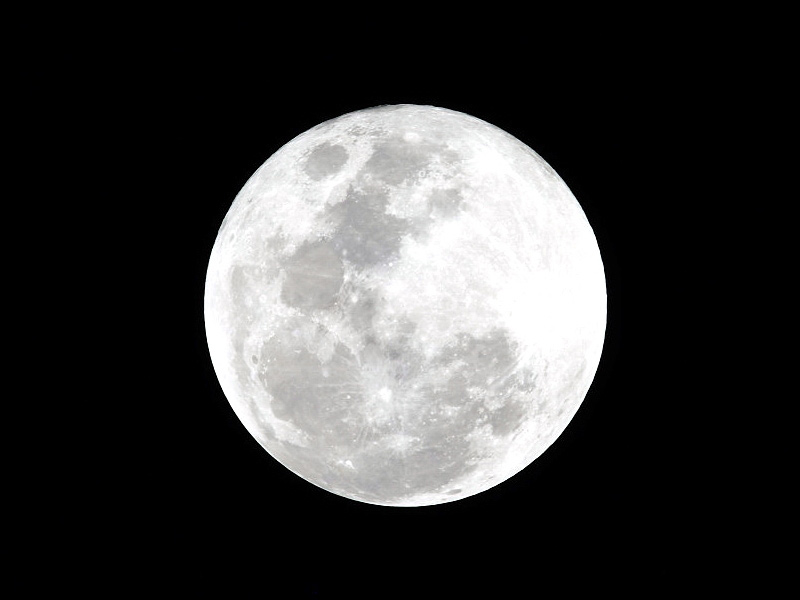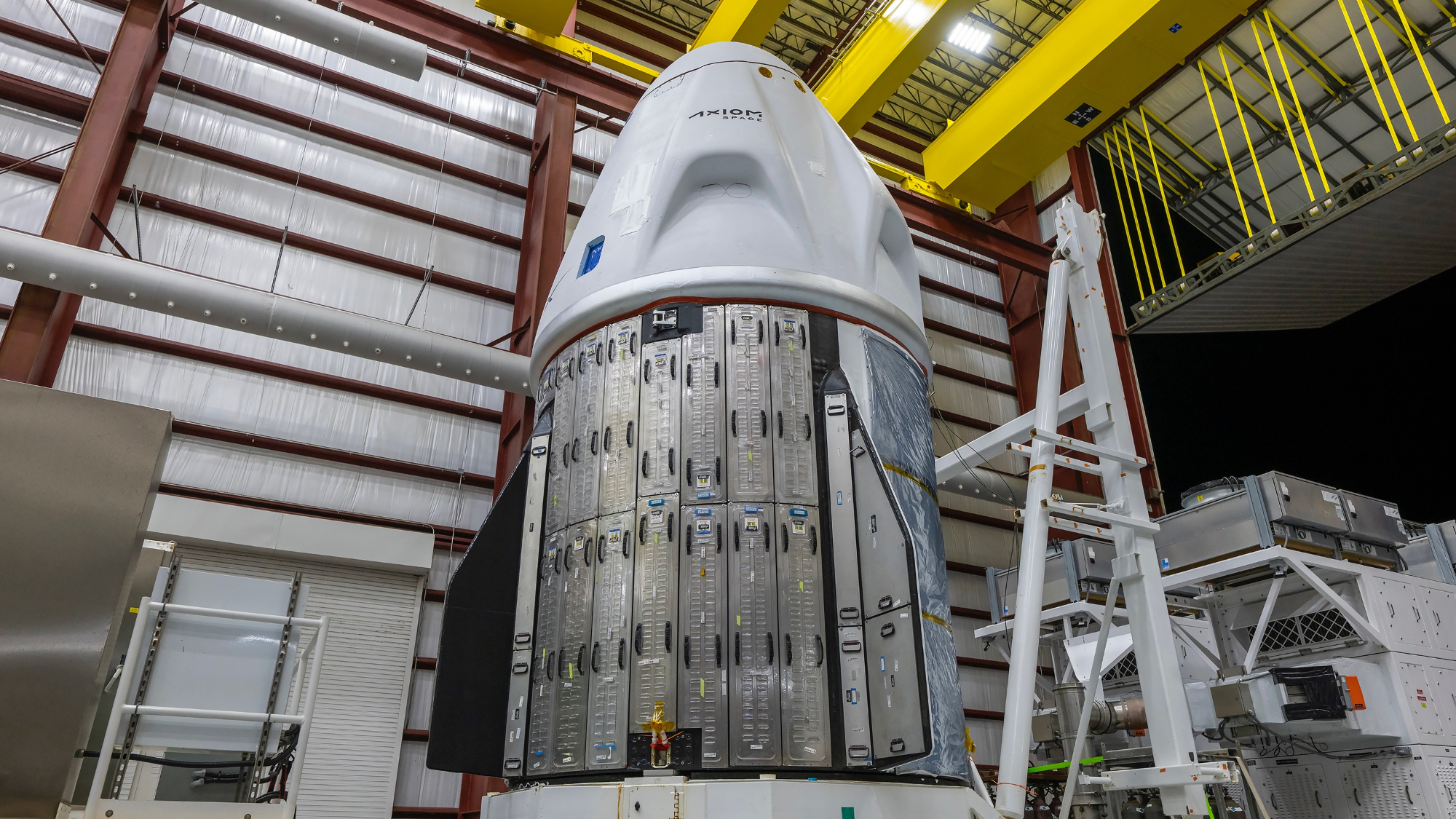Earth's Stabilizing Moon May Be Unique Within Universe

New simulations show that Earth's moon is not only unique in the solar system, but may also be rare throughout the universe.
Research reveals that less than 10 percent of terrestrial planets may have a satellite large enough to provide the stability life needs to develop.
Earth spins around its orbital axis, changing its angle toward the sun — its obliquity — by a little more than a degree over the course of thousands of years. These small differences are significant enough to cause the ebb and flow of ice ages. [10 Coolest Moon Discoveries]
The moon has long been recognized as a significant stabilizer of Earth's orbital axis. Without it, astronomers have predicted that Earth's tilt could vary as much as 85 degrees. In such a scenario, the sun would swing from being directly over the equator to directly over the poles over the course of a few million years, a change which could result in dramatic climatic shifts.
Such shifts have the potential to impact the development of life.
Formation of the moon
As it is, Earth's moon is unique in the solar system. The ratio of planet-to-moon mass is around a hundred times larger for Earth than similar comparisons to the moons of Mars. [Our Solar System: A Photo Tour of the Planets]
Get the Space.com Newsletter
Breaking space news, the latest updates on rocket launches, skywatching events and more!
The vast difference stems from how the moons formed. The other planets in the solar system used gravity to capture free floating bodies. But, Earth's moon was created when a Mars-sized body slammed into the young planet. Gravity captured the debris as it splayed into space and over time, the material eventually congealed into a satellite.
In a paper to be published in the journal Icarus, a team of astronomers led by Sebastian Elser, of the University of Zurich, modeled events in the early solar system in order to determine how unlikely such a collision might be.
The creation of a moon by impact depends significantly on the characteristics of the object crashing into the planet. For one thing, it must be relatively large – only about ten percent of its mass will stick around to form a moon after the collision. It also depends on the object's speed – if it gently bumps the planet, it is less likely to have the energy the system would need.
Small moons would easily form, with an immediate effect on the planet's spin. But some could spiral into the planet, while others could quickly leave the orbit. Still others could find themselves kicked out entirely.
A chaotic early solar system
The early solar system was very dynamic and filled with collisions. During this time, a stabilizing, Earth-like moon could form, only to be knocked out of orbit by the next body plowing into the system.
"Multiple impacts might…destroy existing satellites," Elser told SPACE.com in an email interview.
In order to become a permanent part of the system, a crashing body would have to be the last major impactor. While rocks and debris could continue to hit the system, they would have to be small to keep from ejecting the newly formed moon.
Once the violent formation period ended, the researchers' simulation showed 180 planets, almost half of which wound up with a moon. But, most of these satellites were too small to be comparable to our Earth-Moon system. Only fifteen pairs — about eight percent — resemble our unique planetary system.
How much of the formation of life is dependant on a larger-than-normal moon is still a matter of debate. But, astronomers tend to seek systems that replicate our own, since this is the one type of system in which life definitely formed.
Based on this new research, such systems may well be few and far between.
Follow SPACE.com for the latest in space science and exploration news on Twitter @Spacedotcom and on Facebook.
Join our Space Forums to keep talking space on the latest missions, night sky and more! And if you have a news tip, correction or comment, let us know at: community@space.com.

Nola Taylor Tillman is a contributing writer for Space.com. She loves all things space and astronomy-related, and always wants to learn more. She has a Bachelor's degree in English and Astrophysics from Agnes Scott College and served as an intern at Sky & Telescope magazine. She loves to speak to groups on astronomy-related subjects. She lives with her husband in Atlanta, Georgia. Follow her on Bluesky at @astrowriter.social.bluesky
